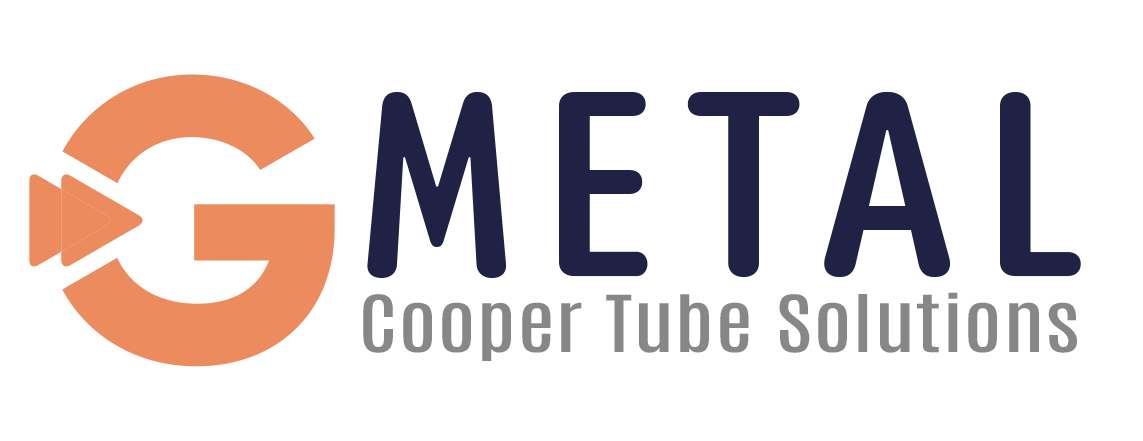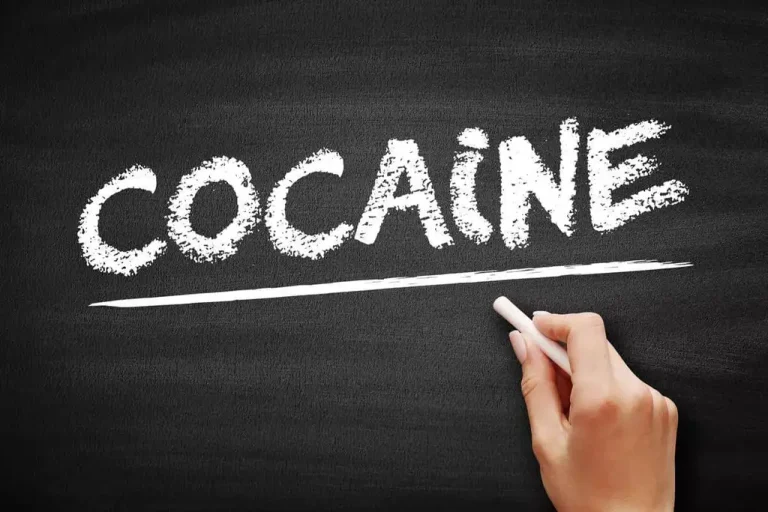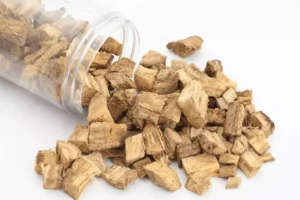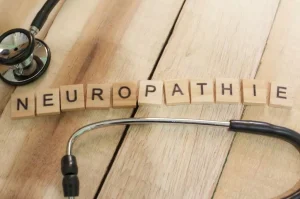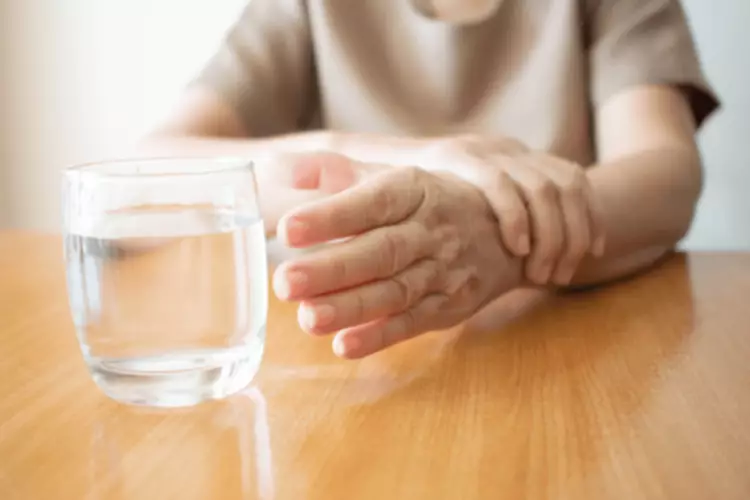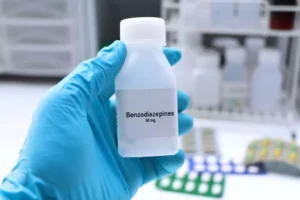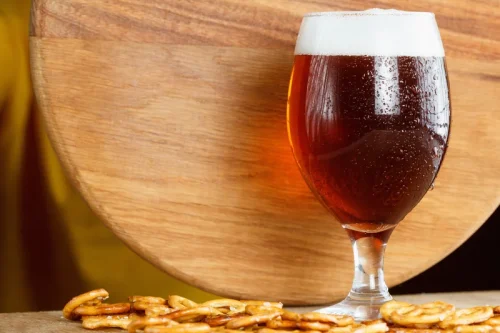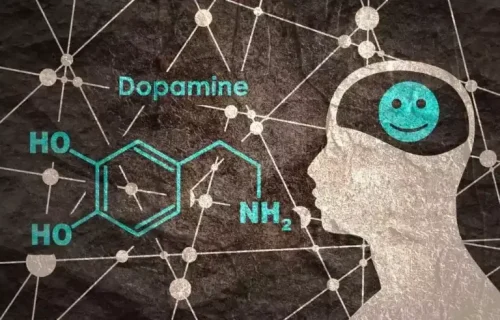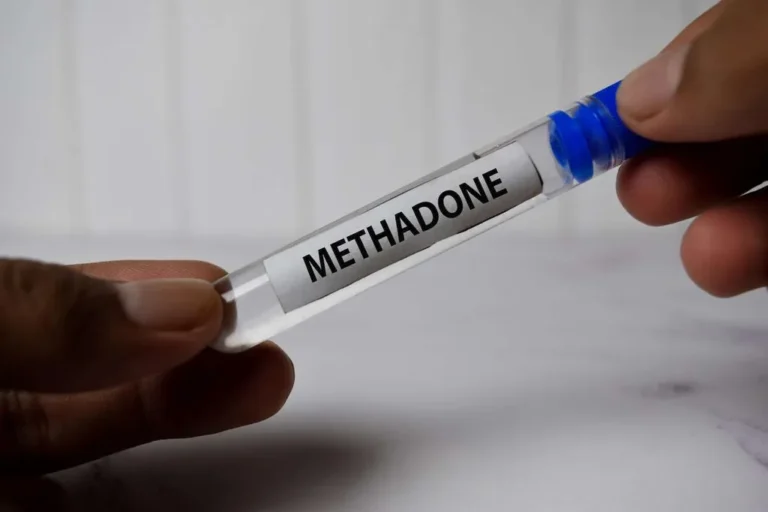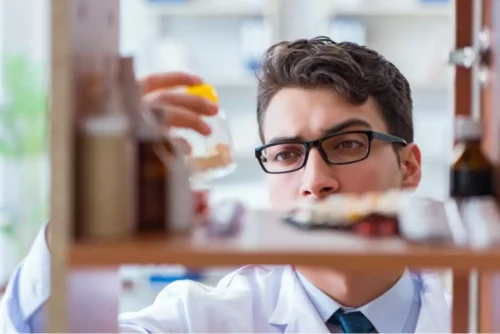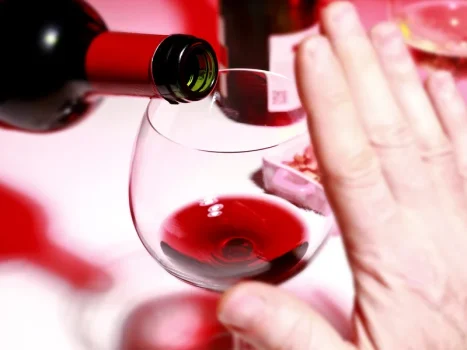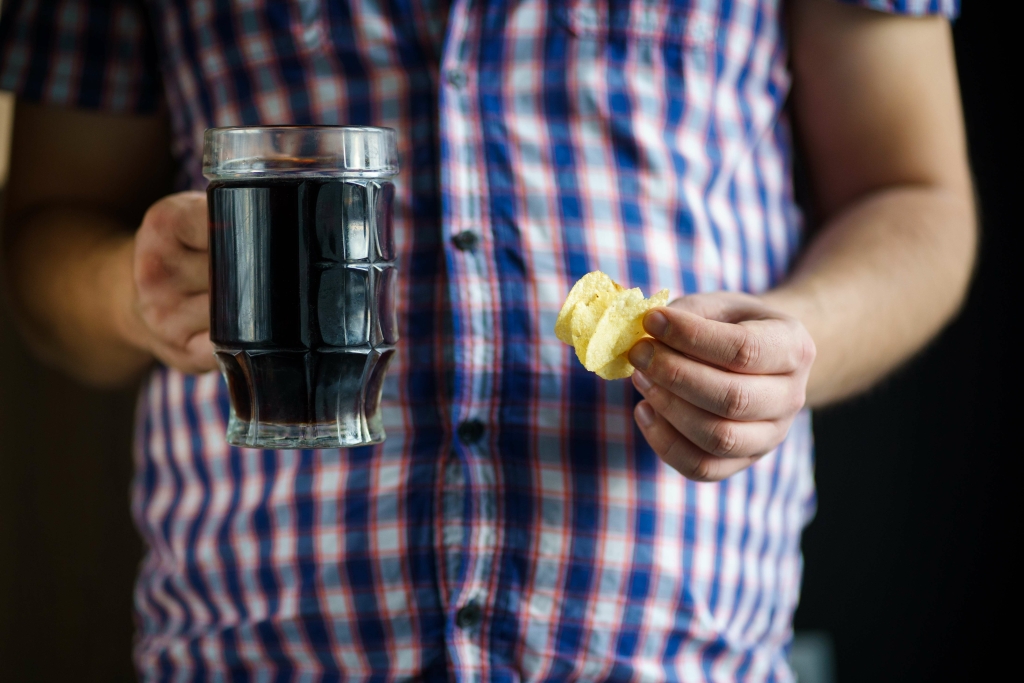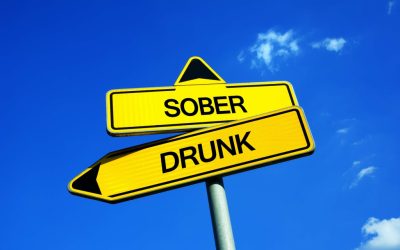For example, in some neurons serotonin alters the rate at which the cells produce the electrical signals (i.e., action potentials) used for relaying information within the cells, whereas in other neurons it modulates the release of other neurotransmitters. The kinase mTOR in complex 1 (mTORC1) plays a crucial role in synaptic plasticity, learning and a proclamation on national impaired driving prevention month 2022 memory by orchestrating the translation of several dendritic proteins [39]. MTORC1 is activated by alcohol in discrete brain regions resulting in the translation of synaptic proteins such as Collapsin response-mediated protein 2 (CRMP2) [40] and ProSap-interacting protein 1 (Prosapip1) [41], as well as Homer1 and PSD-95, GluA2 and Arc [40,42,43].
How Does Alcohol Affect Your Brain?
As a result, people with an alcohol addiction may consume even more alcohol in an unconscious effort to boost their dopamine levels and get that spark back. Individuals with low dopamine levels may experience a loss of motor control, such as that seen in patients with Parkinson’s disease. They can also develop addictions, cravings and compulsions, and a joyless state known as “anhedonia.” Elevated levels of dopamine can cause anxiety and hyperactivity. Dopamine also activates memory circuits in other parts of the brain that remember this pleasant experience and leave you thirsting for more.
Alcohol’s Actions as a Reinforcer: Dopamine’s Role
Furthermore, they are clinically used for alcohol‐dependent patients during the acute detoxification phase to prevent agitation, hallucinations and delirium tremens [153]. Studies elucidating the underlying mechanism of action of the complex dopamine–alcohol interaction have been conducted. On the other hand, local administration of the dopamine D2 receptor antagonist, sulpiride, into the anterior VTA did not alter alcohol nor sucrose intake in high‐alcohol‐preferring rats [142]. It should also be mentioned that accumbal dopamine D1 receptor might regulate alcohol‐induced reward.
Serotonin Levels in Alcoholics
CNS neurotransmitters play an important role in the development of alcohol addiction. This receptor is present in many brain regions (Grant 1995) and may reside on GABAergic neurons. Increased 5-HT3 activity results in enhanced GABAergic activity, which, in turn, causes increased inhibition of neurons that receive signals from the GABA-ergic neurons. Consequently, alcohol’s effects on these receptor subtypes also might influence GABAergic signal transmission in the brain. More research is needed to determine how and under what drinking conditions alcohol consumption is affected by different serotonin receptor antagonists. In addition, researchers must investigate whether the effects of these drugs vary among subgroups of alcoholics (e.g., alcoholics with different drinking patterns or with co-occurring mental disorders).
But over time, alcohol can cause dopamine levels to plummet, leaving you feeling miserable and desiring more alcohol to feel better. “Where I worry is if people start [trying to] to deplete their dopamine in [non-behavioral] ways,” said Nandakumar Narayanan, a neurologist at the University of Iowa. As a physician scientist who treats patients with Parkinson’s disease and other neurological disorders, he is acutely aware of the risks of pharmacologically elevating or depleting dopamine.
Neurotransmitters in alcoholism: A review of neurobiological and genetic studies
Although GABA activity doesn’t entirely explain alcohol’s effects and we don’t know exactly what the delta receptor does, a big part of the mystery seems to have come unraveled. Because GABA is the primary inhibitory neuron in the brain, it can affect virtually every system. It’s not clear if alcohol directly acts on all those receptors or if they’re a downstream result of its action elsewhere. Classification of drugs can be explained by their chemical targets within the brain.
- The upside of sensation seeking is that people see potential stressors as challenges to be overcome rather than threats that might crush them.
- Through these mechanisms, serotonin can influence mood states; thinking patterns; and even behaviors, such as alcohol drinking.
- The neurotransmitter then traverses the small space separating the neurons from each other (i.e., the synaptic cleft) and binds to specialized docking molecules (i.e., receptors) on the recipient cell.
- Mounting evidence suggested that alcohol acted at GABA receptors, but research had still been unable to pin down a specific mechanism.
- Thus, the term encompasses the clinical diagnoses of alcohol abuse and alcohol dependence as defined by the American Psychiatric Association.
C is the direct effect without the mediator, and c′ is the effect after entering the mediator. We examined the behavioral evidence for overlapping mechanisms of alcohol and non-drug reward AB by conducting pairwise Spearman’s partial correlations among the three AB tasks, covarying for beverage effects. AB values were residual values from the linear regression analysis with the beverage effect added back; because this calculation provides a separate adjusted value for each trial type, a mean value was calculated to get a single AB score for each session. We quantified current alcohol use with the Alcohol Use Questionnaire [AUQ; 60] from which we calculated a “binge drinking score” [60].
Dopamine is a precursor (forerunner) of adrenaline and a closely related molecule, noradrenalin. Interestingly, those with the poorest impulse control — who would be considered most at risk of relapse after a period of sobriety — responded best to the treatment. Dopamine plays many important roles in the body, affecting moods, memory and sensations of pleasure and pain.
Furthermore, the specific neuronal circuitries were progressively mapped with major projections from the ventral tegmental area (VTA) to the nucleus accumbens (NAc, i.e. the ventral striatum), the prefrontal cortex (PFC) and amygdala. Collectively, this network of neurons was denominated the mesocorticolimbic dopamine system [12, 13]. In addition, there are dopamine projections from the VTA to the amygdala and the hippocampus, respectively, involved in reward associative clinical experience of baclofen in alcohol dependence learning and declarative memory formation [15, 17]. The mesocorticolimbic dopamine system (or the so‐called brain reward system, Figure 1) is one of the established neurobiological systems involved during the development and maintenance of alcohol dependence and thus one potential treatment target. Here, we aim to review the animal and human data describing the role of dopamine and the mesolimbic dopamine system during acute and chronic alcohol exposure.
This score was log transformed to provide a Gaussian distribution suitable for parametric statistics. The Carolina Alcohol Use Patterns Questionnaire (CAUPQ [61]) was used to estimate a total number of adolescent (0–21 years) binge episodes (see Supplementary Materials) and quarter-root transformed before statistical analysis. For the McGill study, researchers recruited 26 healthy social drinkers alcohol and rage what you need to know (18 men, 8 women), 18 to 30 years of age. The higher-risk subjects were then identified based on personality traits and having a higher tolerance to alcohol (they did not feel as drunk despite having drunk the same amount). Finally, each participant underwent two positron emission tomography (PET) brain scan exams after drinking either juice or alcohol (about 3 drinks in 15 minutes).

